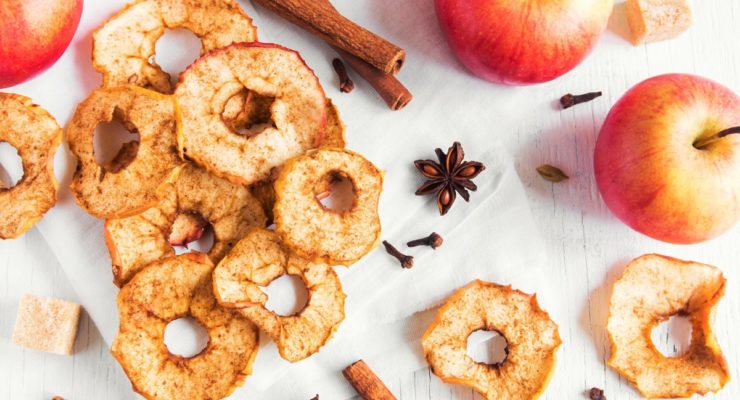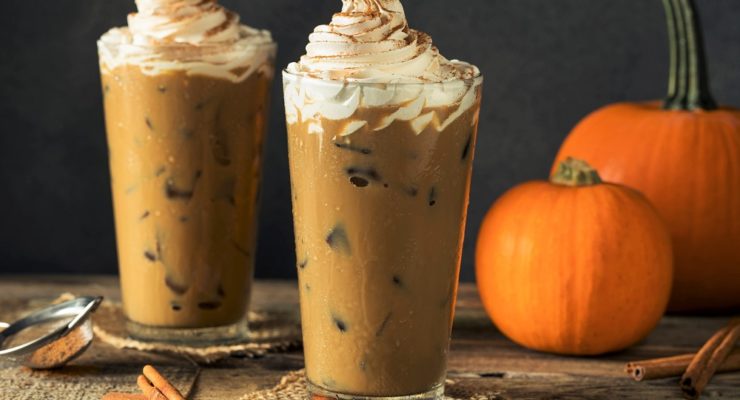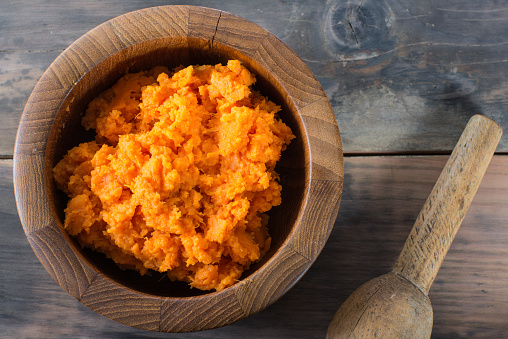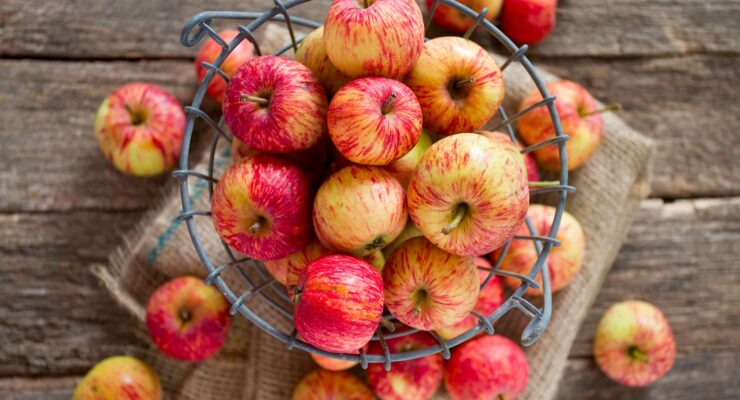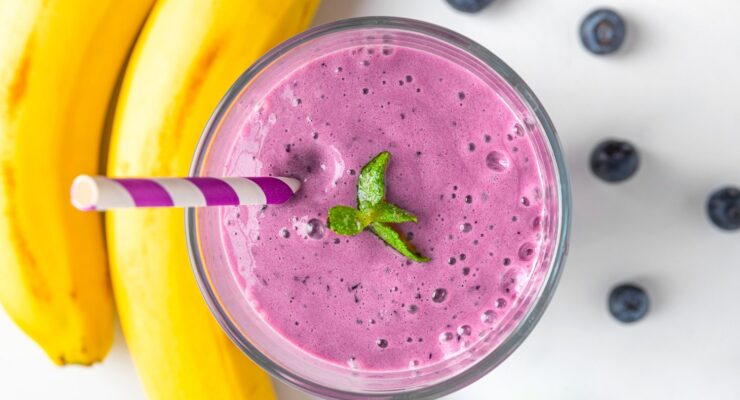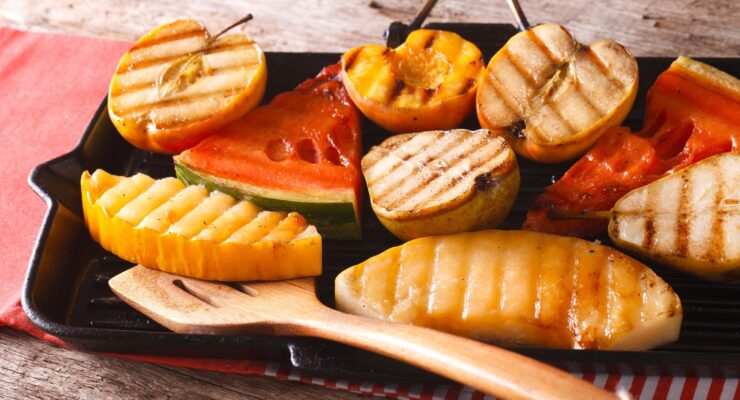Hold onto your hats, it’s pumpkin season! And to show our appreciation for fall’s go-to gourd, we’re highlighting all the weird, wonderful and nutritional aspects of this fall harvest fruit—that’s right, it’s a fruit! Many people refer to the orange sphere as a vegetable but it is, in fact, a fruit grown from a seed.
Pumpkins are native to Central America and Mexico but are now grown on six out of seven continents around the world. We in the U.S. really enjoy our pumpkins and produce over one billion pounds of pumpkins a year! But if you think we started the pumpkin carving tradition, think again. This custom came all the way from the emerald isle where the Irish originally carved potatoes and turnips. Once Irish immigrants arrived in the U.S., they quickly adopted the pumpkin as the perfect carving vessel.
The biggest pumpkin on record weighed exactly 2,323.7 pounds according to the Guinness Book of World Record. Pumpkins can be picked from a patch, carved, painted and shown off on your front stoop. They can even be thrown for sport in the infamous Punkin Chunkin yearly competition. And don’t forget that the pumpkin once served as a carriage for Cinderella!
While the activities are endless for pumpkins, so are the recipes. You can puree your pumpkin for smoothies, oatmeal and parfaits. Or cut into cubes to roast. Or bake it in a pie, muffins or bread. Or slow cook into a delicious soup. And that’s only the beginning! However you like your pumpkin, go ahead and enjoy it. This versatile fruit is fat-, cholesterol- and sodium-free, plus it’s a good source of vitamin C and A.
So if you’ve grabbed the gang and you’re ready to head to your local pumpkin patch, keep these tips handy: Choose your pumpkin wisely, selecting one that is firm and heavy for its size. If you want to grow your own pumpkins, plant the seeds from the last two weeks of May till the middle of June and pick in October when they’re showing a bright orange color. The most common pumpkin in the U.S. is the Connecticut field variety but that doesn’t mean you can’t branch out and go for a Peanut pumpkin, which is good for soups and stews; a Lakota, that tastes good raw; or a Sugar pumpkin that’s great for pie-making. (Speaking of pies, did you know the largest pumpkin pie ever cooked clocked in at five feet in diameter and weighed over 350 pounds? While we don’t imagine any of us carting that around to our Thanksgiving feasts, it’s still a feat to behold!)
Ready to pumpkin spice up your life? We are right there with you. Check out our top 10 tasty pumpkin recipes perfect for the fall season. Let’s all go pumpkin crazy together!

